Analytics and Data Driven Decision Making
Analytics
Analytics is defined as the scientific process of transforming data into insight for making better decisions.
Data Analytics Simulation: Strategic Decision Making
Blue at Kelsey-White
K-W Vision
- K-W was behind other firms in its use of data and analytics for decisions
- New CEO brought new focus on quantitative and data-based decision-making
- Created Vision, a system for displaying key info about market, financial, and operational performance
Blue
- Laundry detergent was a key product for K-W in the form of Blue
- Blue came in several formulations—liquid, powder, and single-use pods
- Slow pod sales
- Even liquid too modern for some customers
- Rising average age of Blue customers
- Downward drift of Blue’s market share and profitability
Analytics typology
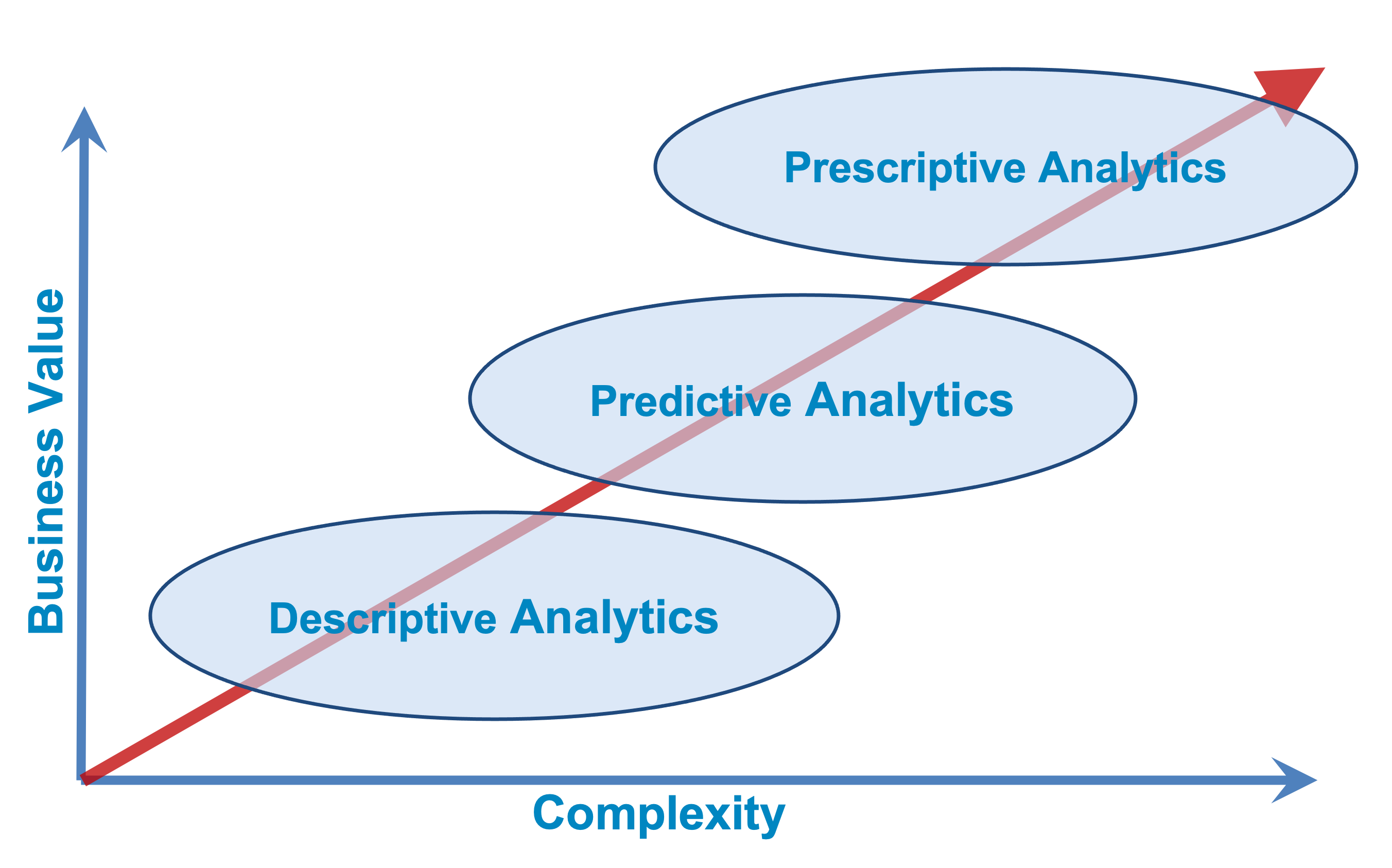
What happened and why?
What is likely to happen?
What should I do?
Key takeaways
Key takeaways
- Data and analytics are effective approaches to decision-making
- It is important to understand the relationships among variables in past data before making decisions about the future
- Making decisions that involve multiple variables can be a complex balancing act
Some challenges with data driven management
- When the past does not predict the future
- Patterns in the data are not always meaningful.
- Observed associations between variables could be misleading
The turkey illusion

Extrapolating
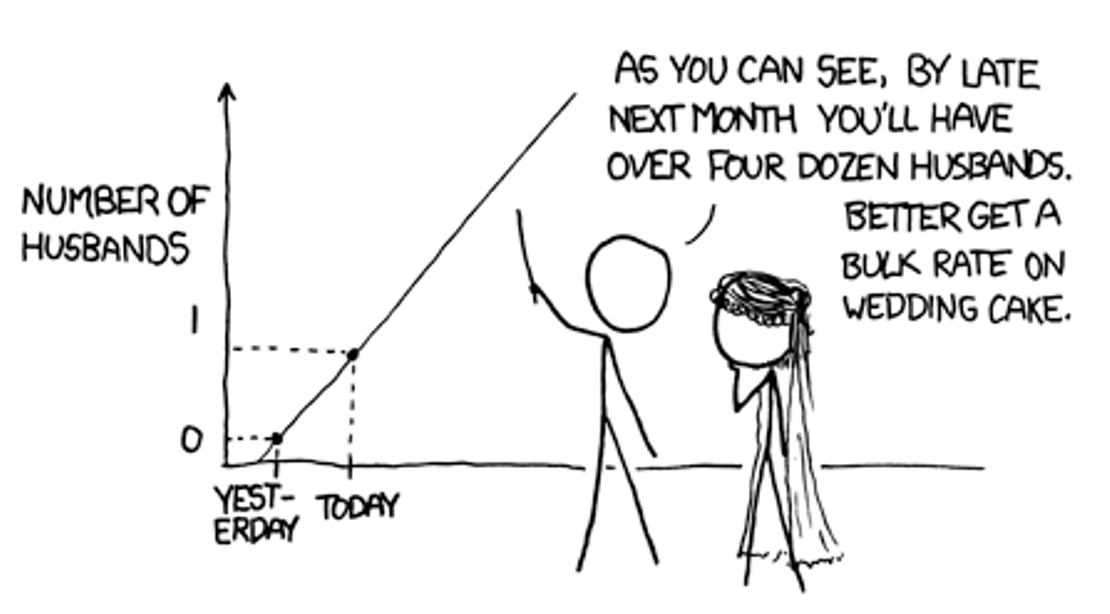
Illusory correlation

Simpson’s paradox
Example: Gender bias?
Question: Is acceptance into UC Berkeley graduate school associated with gender?
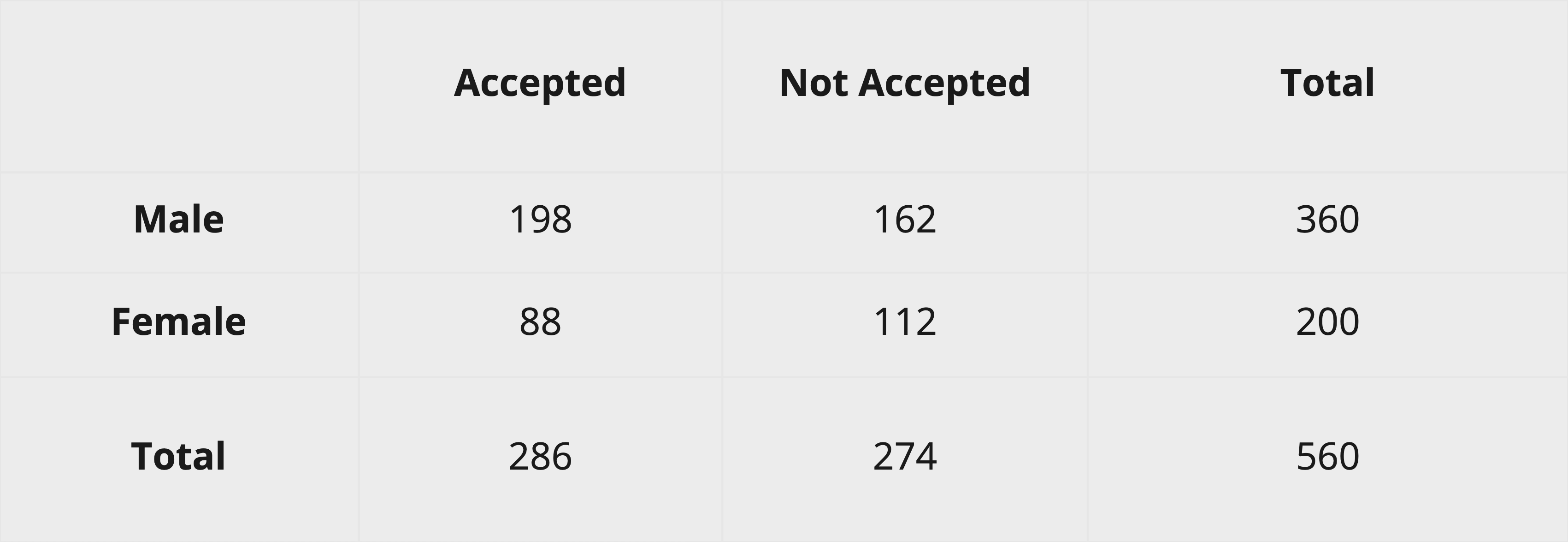
Gender bias?

\(\hat{P}_{males} = \frac{198}{360} = 0.55\)
\(\hat{P}_{females} = \frac{88}{200} = 0.44\)
Conclude: positive association between “maleness” and acceptance
Gender bias?
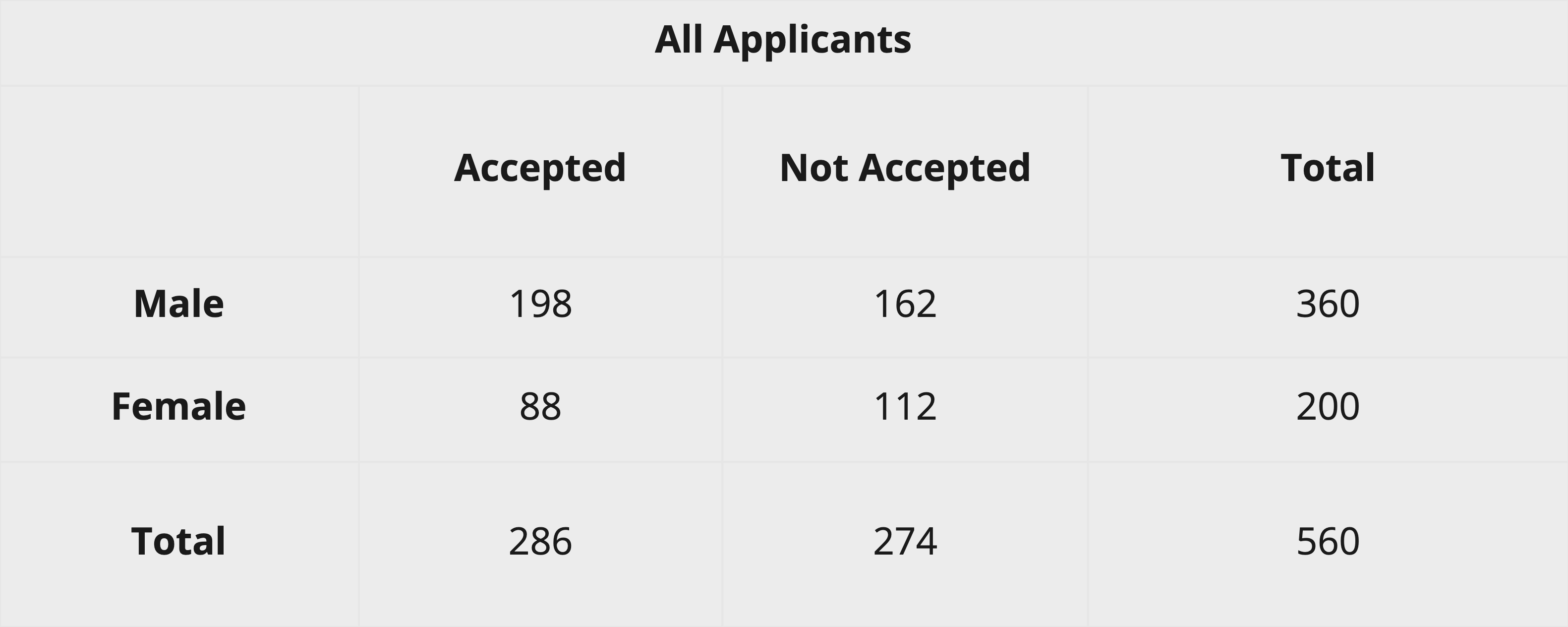
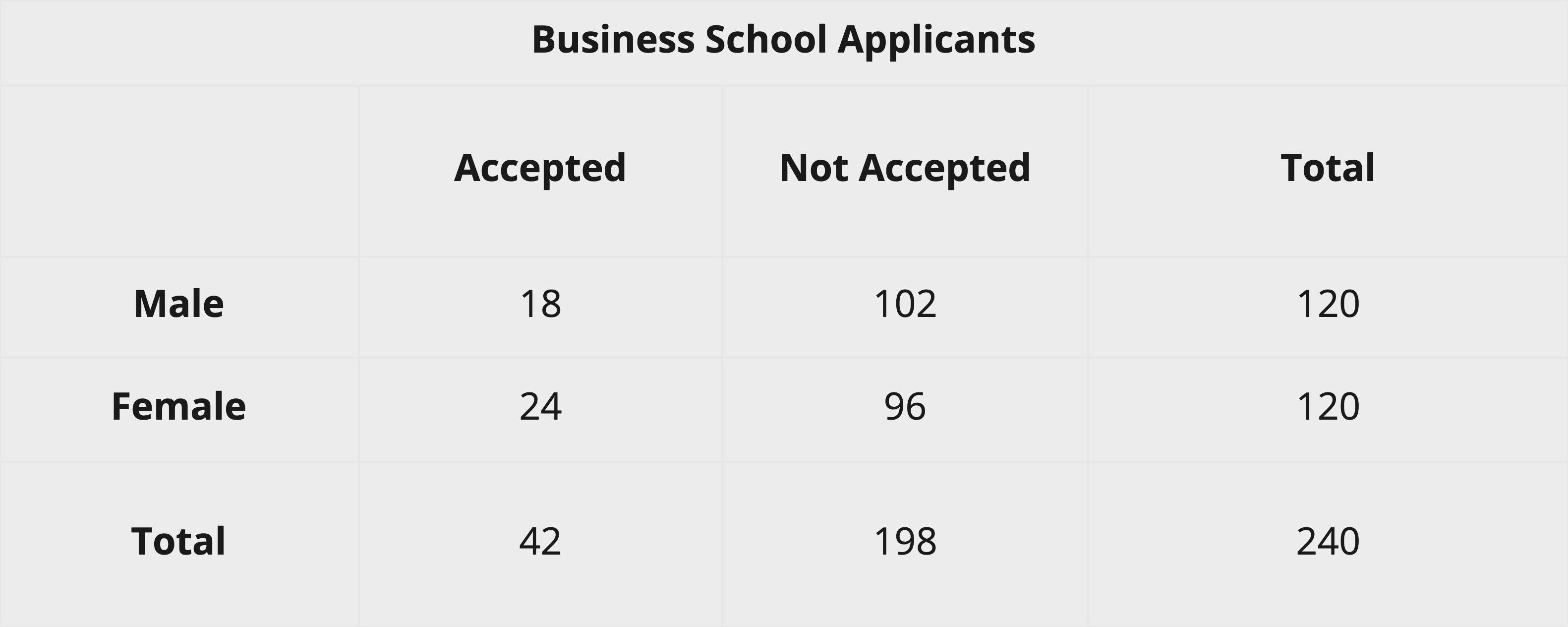
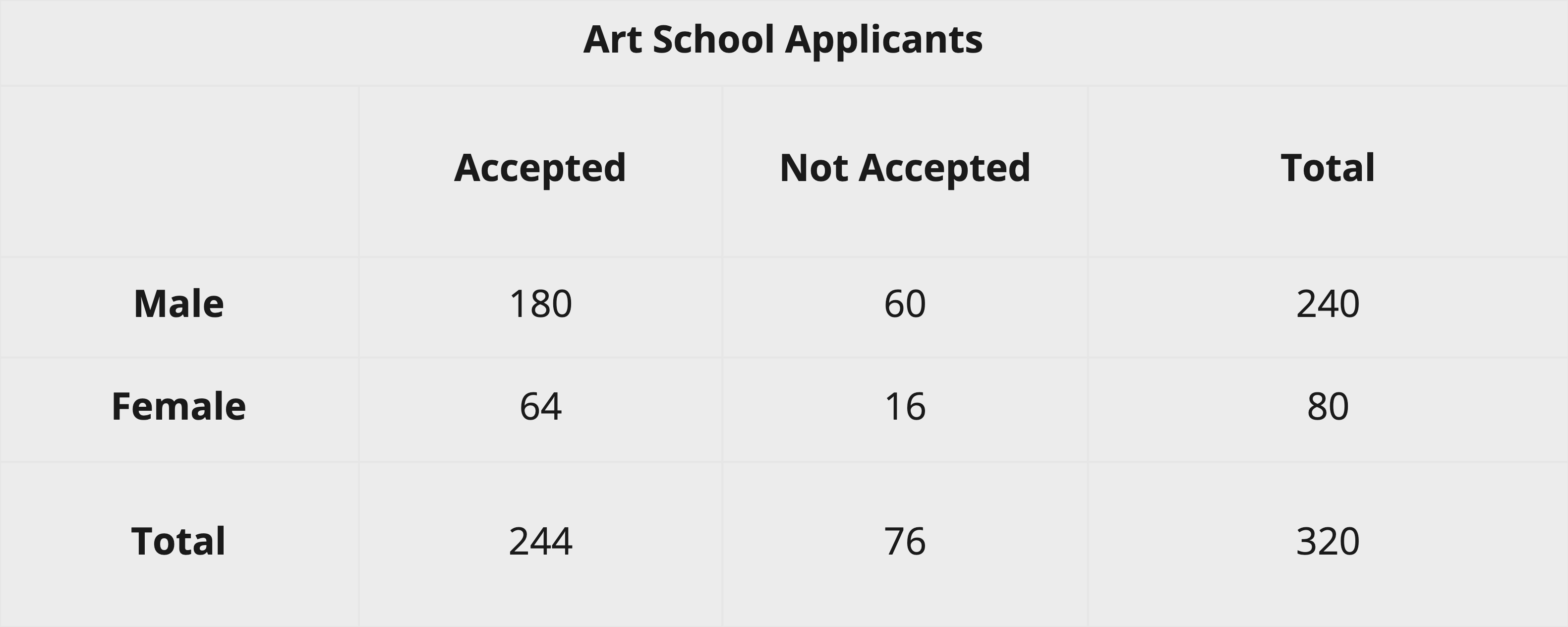
Business school

\(\hat{P}_{males} = \frac{18}{120} = 0.15\)
\(\hat{P}_{females} = \frac{24}{120} = 0.20\)
Conclude: Negative association between “maleness” and acceptance
Art school

\(\hat{P}_{males} = \frac{180}{240} = 0.75\)
\(\hat{P}_{females} = \frac{64}{80} = 0.80\)
Conclude: Negative association between “maleness” and acceptance
Gender bias?
- Overall: higher acceptance rate for men
- Within Business school: higher acceptance rate for women
- Within Art school: higher acceptance rate for women
- Therefore, the lurking variable (MAJOR) reversed the direction of the association (Simpson’s Paradox)
- Acceptance to grad school at UC Berkeley favored women after “controlling for” MAJOR
Thinking critically about data
- Averages and percentages
- Graphs
Mean, Median, and Mode
Average wealth of people in a room
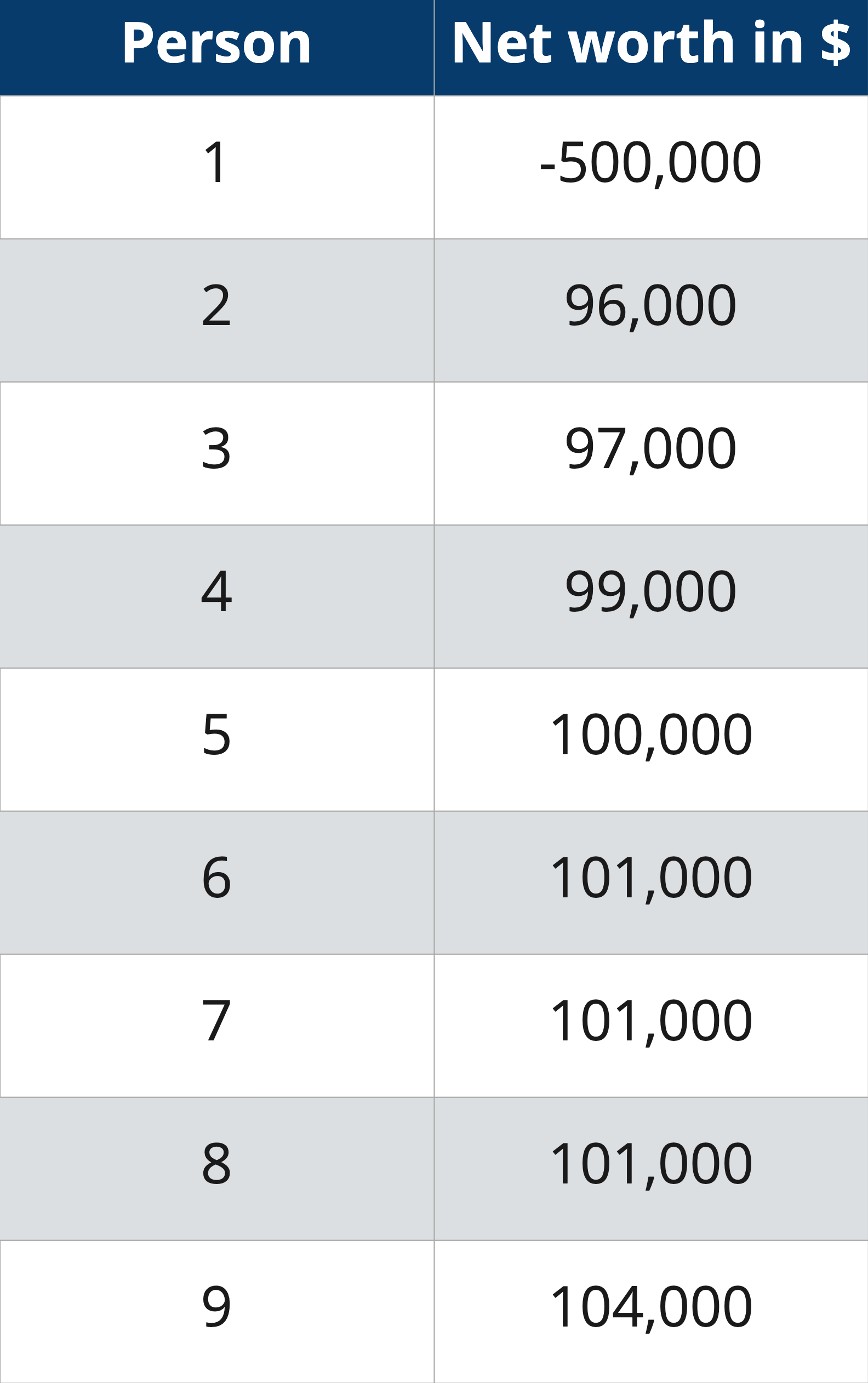
- Mean = $33,222
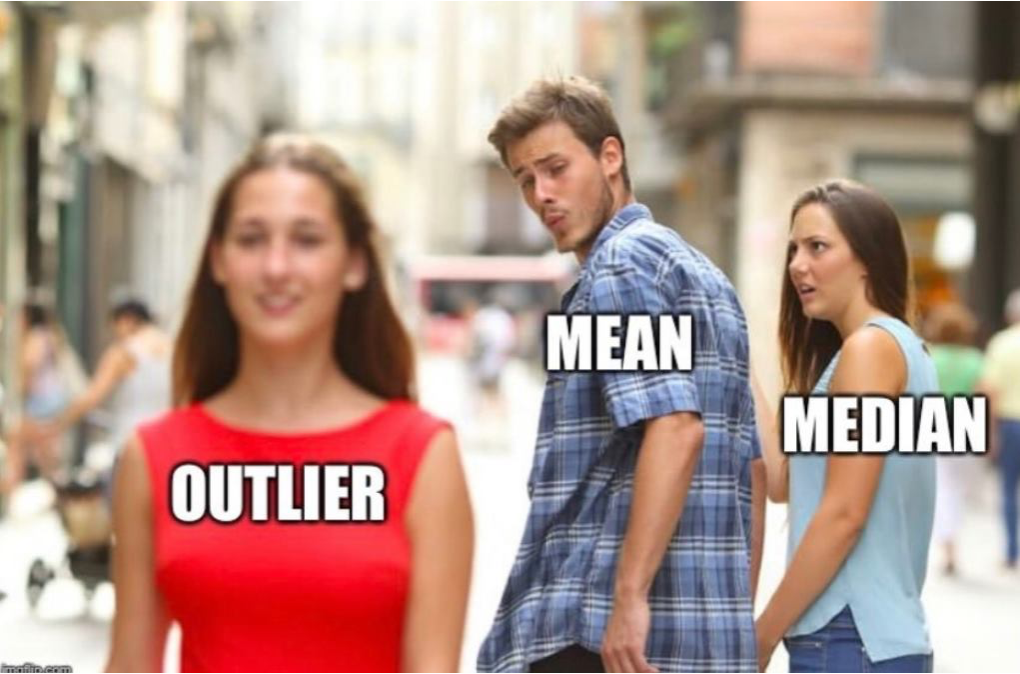
- Median = $100,000
- Mode = $101,000
Bimodal distribution

The Anscombe quartet
Four datasets with nearly identical descriptive statistics
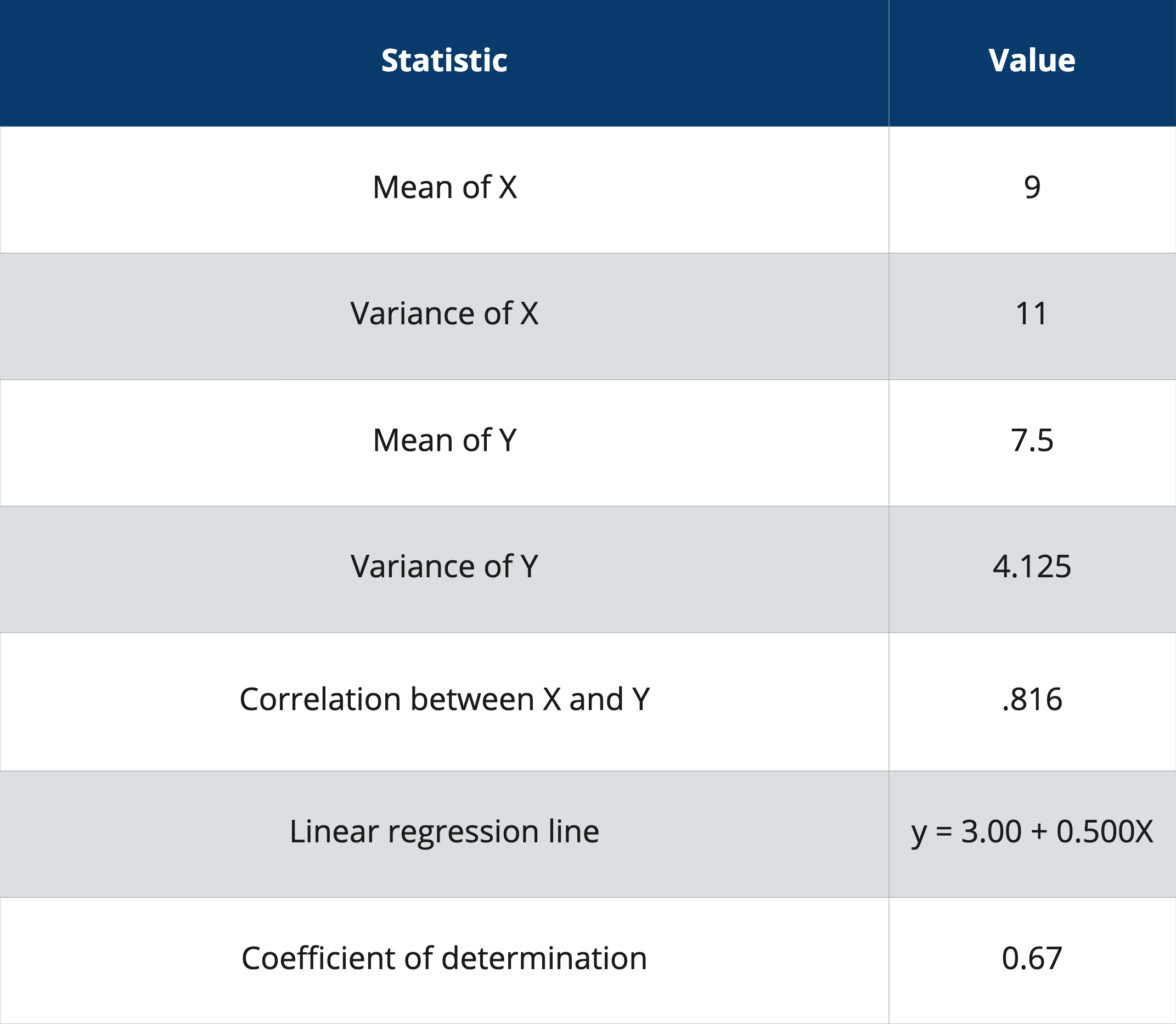
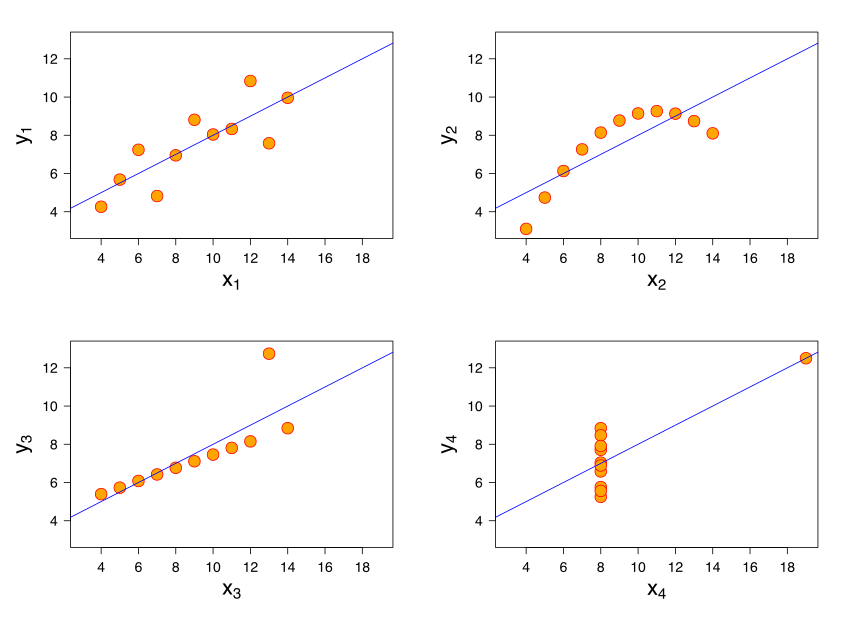
Percentages
“Since the formation of COMSAT 20 years ago, the number of international telephone circuits made through satellites has grown 400 times and the cost of a telephone call has decreased by 12,000 percent.” (Pollack and Weiss, 1984, Science)
Get What You Pay For: Save 200% on Stocks, Mutual Funds, Everyday Financial Needs. (Keppel, 2013)
Communicating change
“People who eat a particular food have a 30% higher chance of contracting a certain rare disease.”
“Our Company has increased its profits by 50% over the last quarter.”
Data presentation: Table vs. Graph

Graphical presentation

Unlabeled axes

Truncated vertical axes

Truncated vertical axes


Misleading graph

Corrected graph

Confusing or deceptive?

Thinking about stats and graphs
- Most of us have difficulty figuring probabilities and statistics in our heads. We prefer vivid pictures, images, and stories.
- When making decisions, we tend to overweight such images and stories, compared to statistical information.
- We also tend to misunderstand or misinterpret graphs. The same fear that prevents many people from analyzing statistics prevents them from looking carefully at numbers in a graph, the axes labels and the story that they tell.
